Blog
High quality of European bathing sites is to thank the wastewater treatment
In 2019, The European Environmental Agency published a report on water quality at bathing sites across Europe.
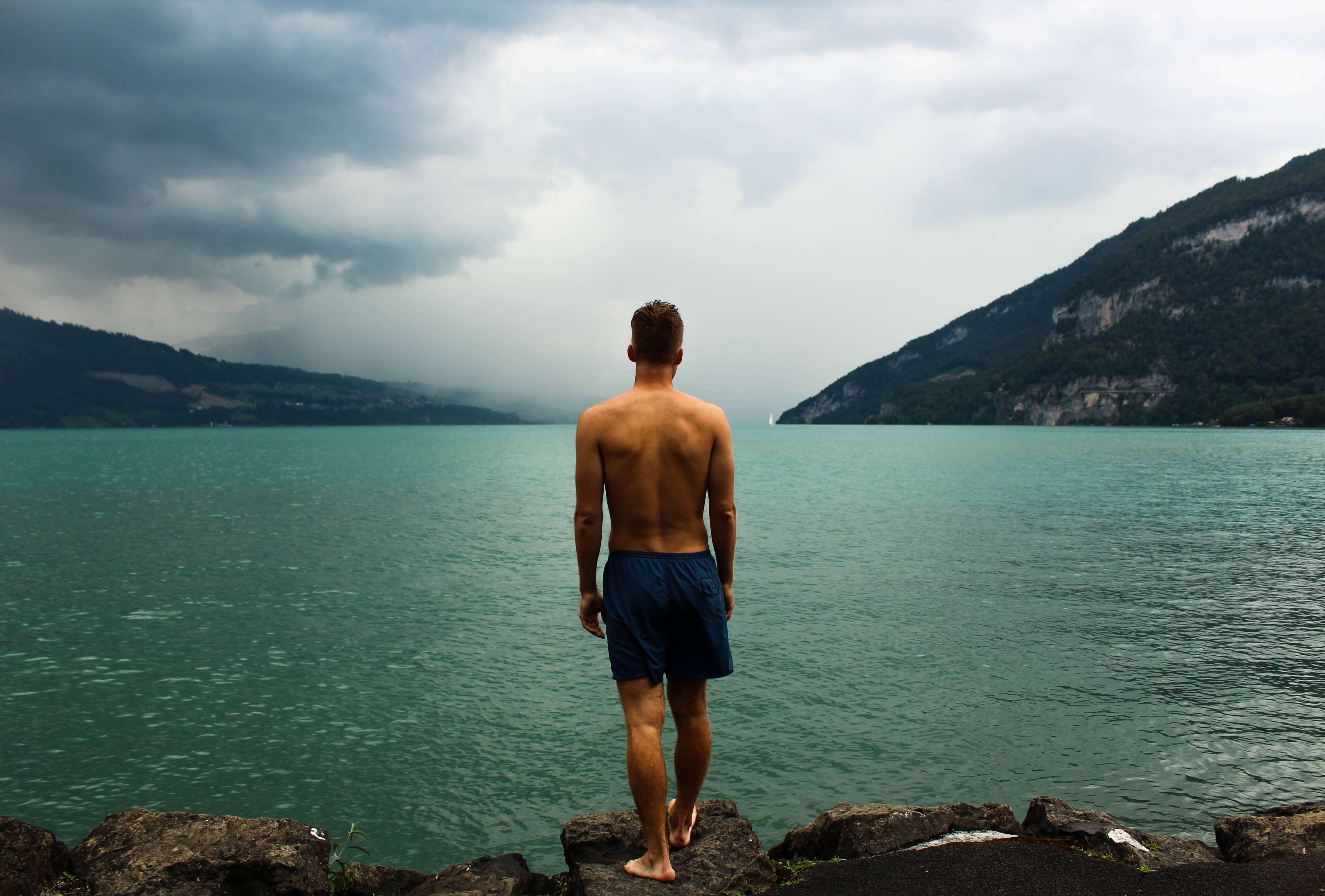
In total, more than 22,000 bathing water sites were monitored in 28 EU member states including Albania and Switzerland.
The best and the worst
The collected water samples in 2018 showed that up to 85% of European bathing water sites were classified as 'excellent'. These sites meet the most stringent standards and therefore deserve the best possible rating.
Other recreational bathing water sites were ranked 'good', ‘sufficient’ or even ‘poor (i.e. insufficient)’.
Out of all European countries, the bathing water sites in Cyprus, Malta, Austria, and Greece achieved the best results. More than 95% of the sites in each of these countries met the ‘excellent’ quality requirement.
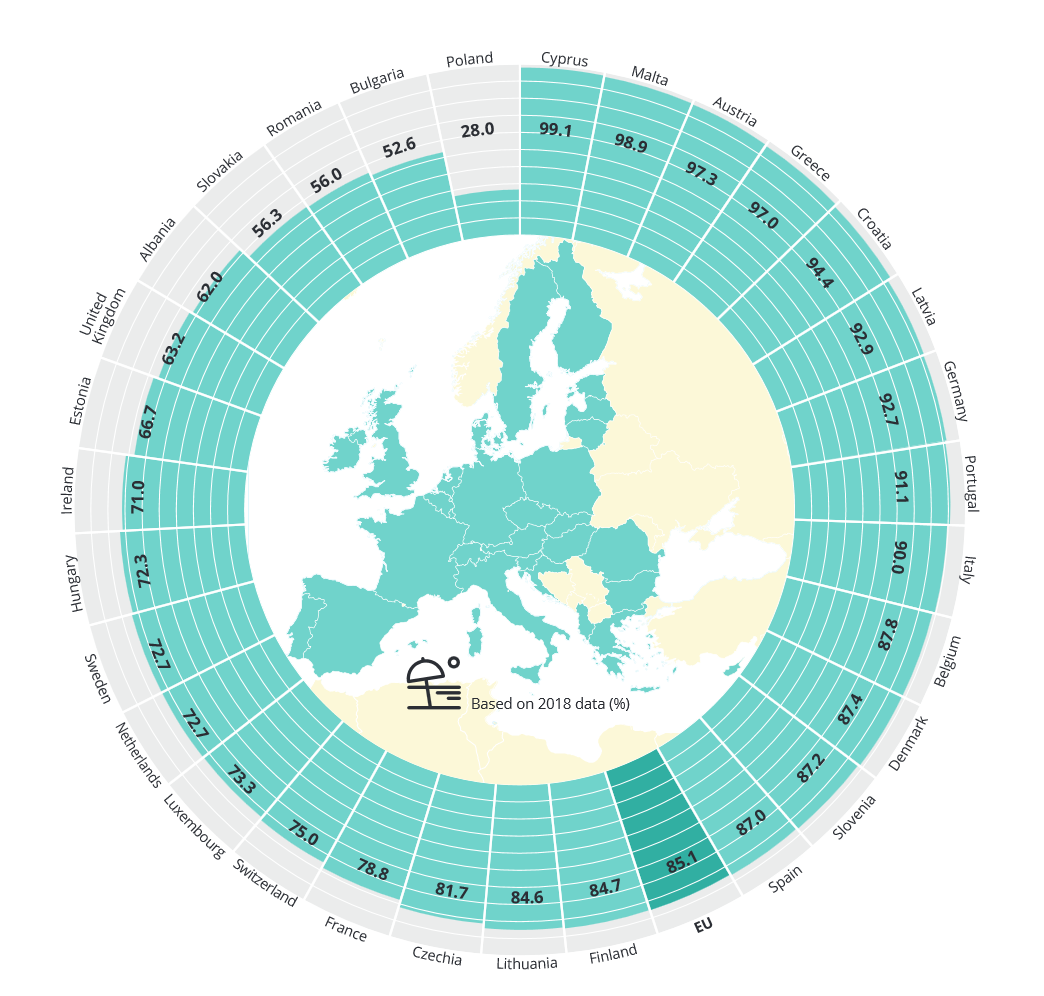
Retrieved from: Eea.europa.eu
Four other countries, namely Croatia, Germany, Portugal, and Latvia, scored above 90%. In Latvia, there is not a single bathing water site with ‘poor‘ quality.
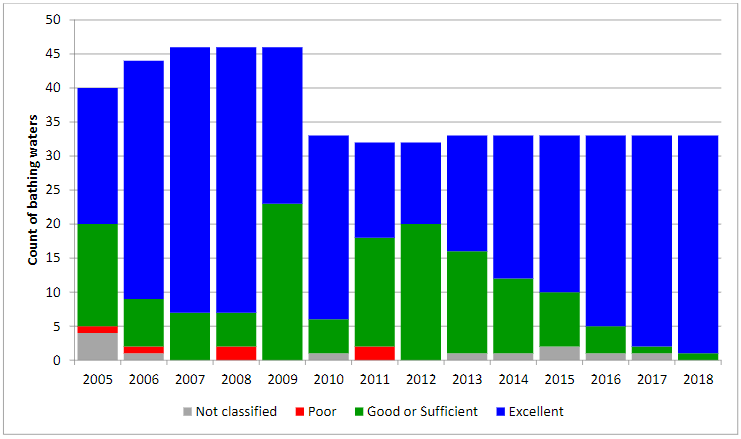
Water quality in Latvian natural sites since 2005. Retrieved from: Eea.europa.eu
This Baltic country, in which Hydrotech implemented one of its projects, excels also in a different aspect. In Latvia, not only there were no bathing sites with ‘insufficient‘ quality in the long term, but the number of sites with the top-quality water is also growing.
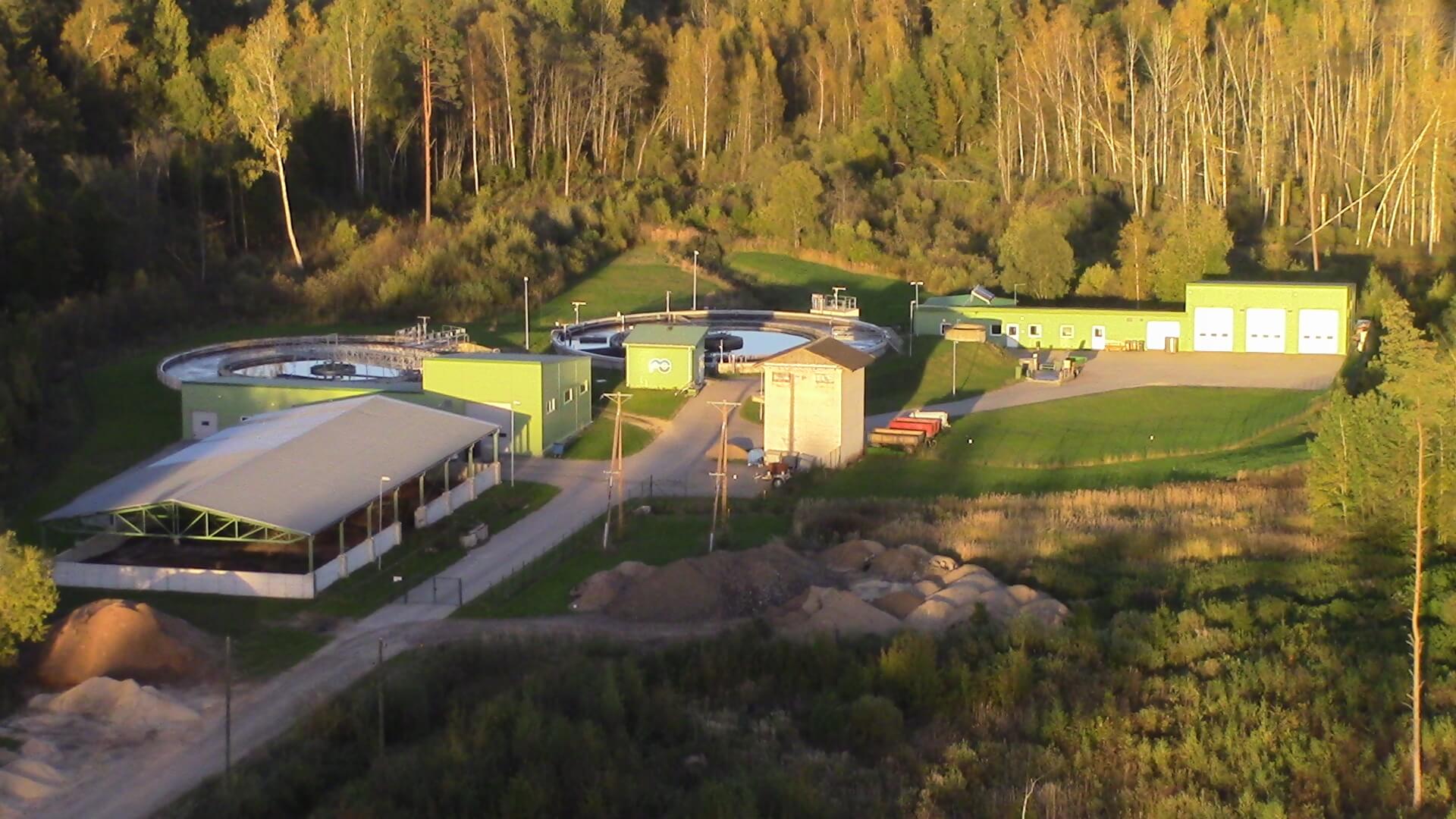
Hydrotech designed a wastewater treatment plant in the Latvian city Madona
Unlike Latvia, Slovak bathing sites don’t stand out that well. Among all natural bathing waters, only 56% were of ‘excellent‘ water quality. Followed by Romania, Bulgaria, and Poland, Slovakia ended up at the tail of the list.
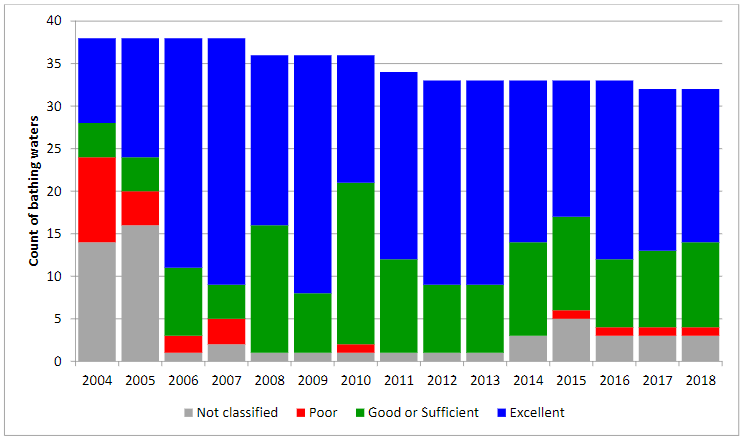
Water quality in Slovak natural sites since 2004. Retrieved from: Eea.europa.eu
These findings indicating the number of ‘excellent‘ natural sites in Slovakia is on decrease and there are still bathing sites with ‘poor‘ water quality are rather unpleasant. However, there are even more ‘poor‘ bathing water sites with insufficient water quality in Italy, France, and Spain.
The effort paid off
Naturally, the water monitored by the EEA at recreational sites either rises in these sites or flows from other sources. In order to maintain the water clean and meet the requirement set forth in the European legislation, a set of actions needs to be taken.
Hans Bruyninckx, EEA's executive director, says that over the last 40 years, the member states’ efforts paid off, especially when it comes to wastewater treatment. Nevertheless, the issues related to plastic pollution remain unsolved and the interest in sea life conservation needs to keep raising.
Another challenge in terms of water quality is the treatment of municipal wastewater which might contain antibiotics or other small harmful substances. That is, however, not the only challenge the local authorities and water companies have to face. The changing climate, causing two extreme situations, is also of high concern.
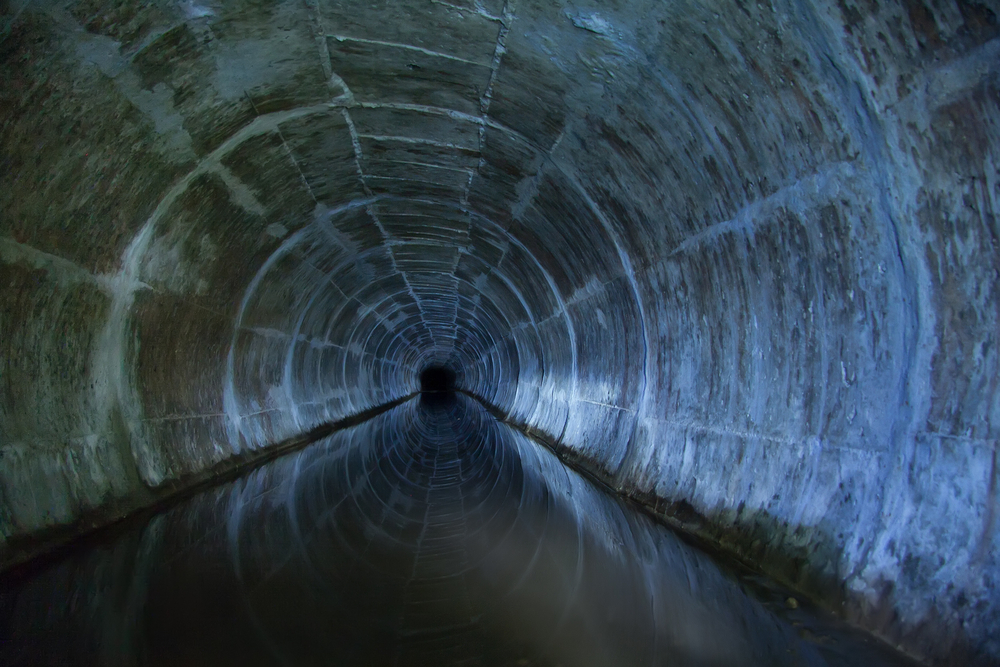
Frequent precipitation may overload the sewer systems and overflow WWTPs. The second scenario suggests such low precipitation which makes the rainwater harvesting and treatment very complicated.
The EEA encourages member states to use the provided funds for further improvements to eliminate the said issues. The operability of wastewater treatment devices can be enhanced by water harvesting lakes or reservoirs to control water streams caused by floods.
The spent finances will be reflected in higher energy efficiency. In practice, water treatment and recycling cuts the energy costs and the company thus demonstrates its commitment to save the planet’s natural resources.
More articles
The price of beer will double as a result of climate change
How much will we have to pay for one of the most popular alcoholic beverages in the future?
